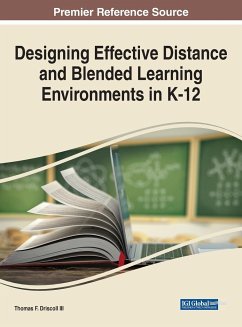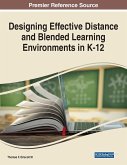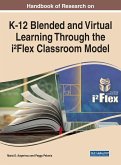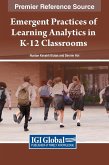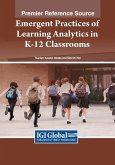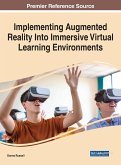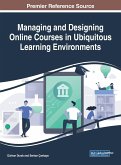It has quickly become apparent in the past year that online learning is not only an asset, but it is critical to the continued education of youth during times of crisis. However, districts and schools across the nation are in need of guidance and practical, research-backed approaches to distance and hybrid learning. The current COVID-19 crisis has demonstrated that effective learning in K-12 is possible, but many districts struggled and continue to struggle in achieving that reality. There is also the growing consensus that even if things "return to normal," distance and blended learning strategies should continue to be employed in many ways across the K-12 environment. Designing Effective Distance and Blended Learning Environments in K-12 provides key insights into the ways that school districts and educators from across the world have effectively designed and implemented distance and blended learning approaches to enable and enhance student learning. The diverse collection of authors from various demographics and roles in school systems will benefit readers across a wide spectrum of school community stakeholders. There will also be an emphasis on how research and theory is put into practice, along with an honest discussion of what strategies and actions were successful as well as those that were less so. This book is essential for professionals and researchers working in the field of K-12 education, particularly superintendents, curriculum developers, professional learning designers, school principals, instructional technology specialists, and teachers, as well as administrators, researchers, academicians, and students interested in the effective practices being used in blended learning approaches.

